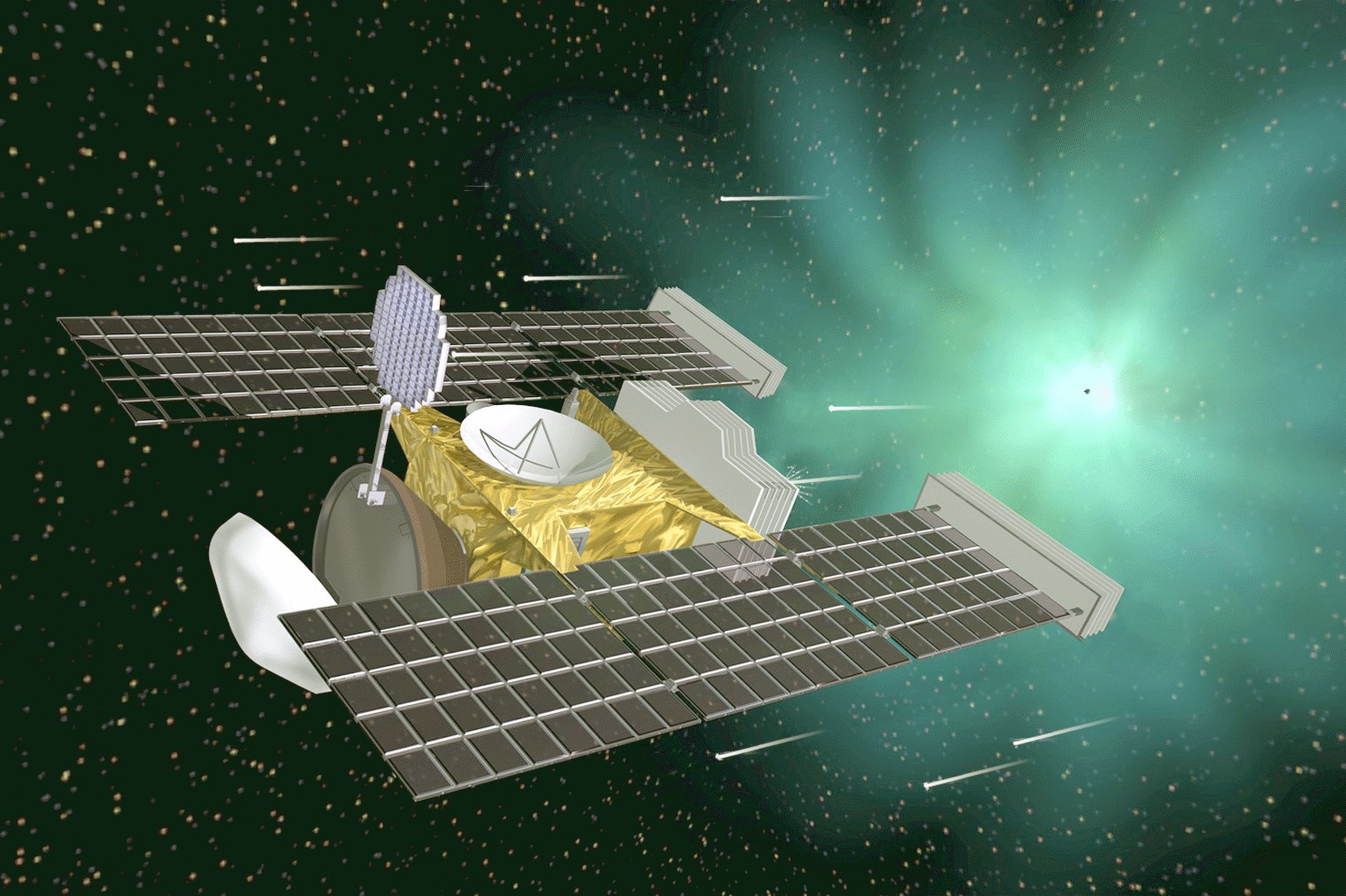Although it can be difficult to see how space adventures help improve our understanding of this planet, they undoubtedly do. In one new—glaring—instance of this connection a team of scientists says it’s found evidence that an exploding comet is responsible for glassy patches of the Atacama Desert in Chile. And the scientists can be fairly certain this is the case because of NASA’s Stardust mission; an undertaking that returned material from outside the Moon’s orbit to Earth.
Smithsonian Magazine reported on the connection between exploding comet and glittering glass desert, which comes following a decade of research. Scientists first detected scattered patches of green and black glass approximately ten years ago along a 47-mile-long corridor in the Chilean desert. Although they originally thought ancient fires were the cause of the patches. (The region used to be home to grasslands that could’ve burned.)

Beginning about three years ago, however, some scientists began to question that theory. Peter Schultz, a professor of geological sciences at Brown University, visited the site in 2018. During that visit he found that the desert soil hadn’t just been scorched into glass. Some force had also sheared, folded, and twisted the glittering pieces of silicate minerals.
The samples looked “like somebody was out there—some sort of cosmic God—simply folding over glasses to make some bread,” Schultz told Business Insider. “It was one of those things that made my hair stand on end.”

In a study published in the journal Geology Schultz and his colleagues explain how samples of the desert glass contain minute fragments of minerals that often appear in rocks from extraterrestrial origins. Specifically, the scientists found that the fragments matched those the Stardust mission returned to Earth in 2006. The mission saw the Stardust spacecraft (in the below illustration) perform a close flyby of comet Wild-2 in 2004. A flyby that allowed the spacecraft to collect material from the icy body.
The scientists hypothesize that the thermal radiation and winds from a comet that exploded in Earth’s atmosphere 12,000 years ago caused the glassed soil. The thermal decomposition of one particular type of mineral in the soil—zircon (above)—into baddeleyite must’ve required temperatures north of 3,000 degrees Fahrenheit. Temperatures far hotter than any grassland fire could burn. The scientists, likewise, were also able to rule out volcanic activity as the cause.

Schultz said in a press release that it’s too soon to say if there was a definitive link between comet and glassy desert. But the scientists can say this desert glassing occurred around the same time many giant animal species went extinct; an “intriguing” correlation in their estimation. “There’s also a chance that [the comet explosion] was actually witnessed by early inhabitants, who had just arrived in the region,” Schultz added. The professor of geological sciences noted that “It would have been quite a show” for spectators.
Featured Image: Albionfireandice/ Mary Madigan